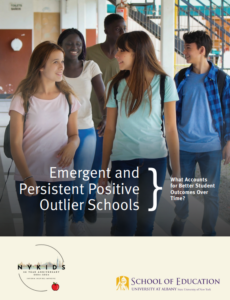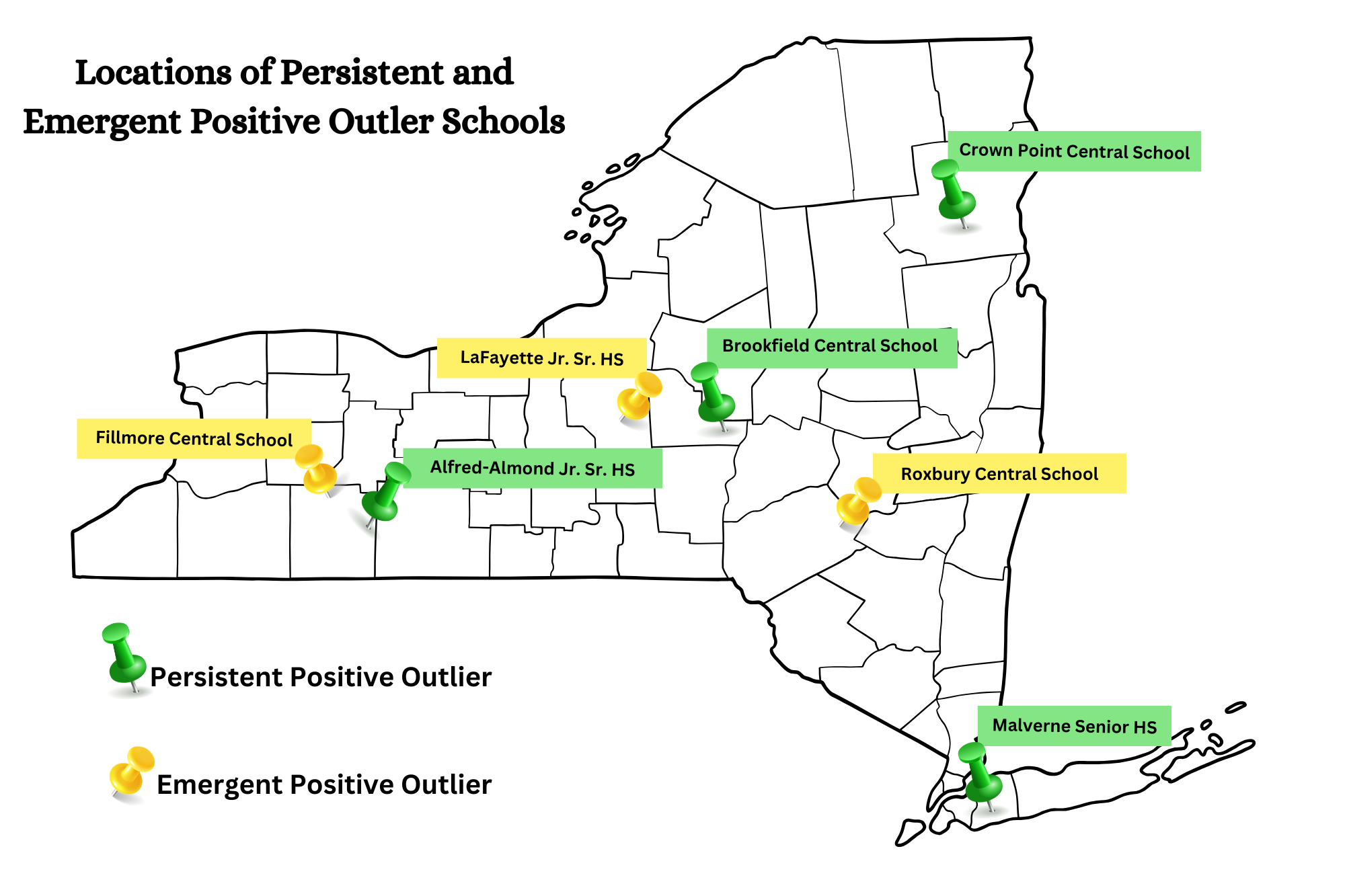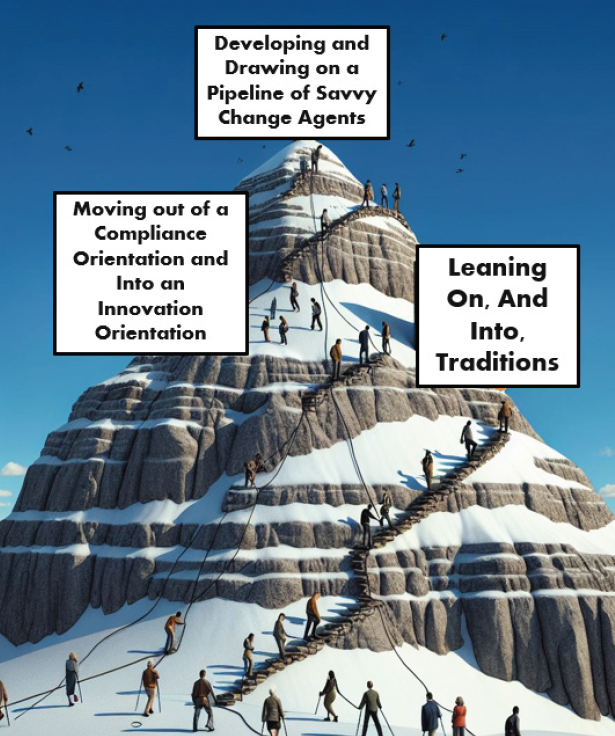NYKids’ 20th Anniversary Study of Emergent and Persistent Positive Outlier Schools: Cross-Case Report Now Available
By, Paul Guay, Aaron Leo, and Kristen C. Wilcox
After a year of hard work, our latest study, NYKids’ 20th Anniversary Study of Emergent and Persistent Positive Outlier Schools: What Accounts for Better Student Outcomes Over Time? is finally here!
Study Background
To celebrate our 20th anniversary, NYKids conducted a unique research project which looked back at all previously studied schools to identify which Emerged as positive outliers and which Persisted as positive outliers.
 The study, Emergent and Persistent Positive Outlier Schools: What Accounts for Better Student Outcomes Over Time?, explores what accounted for positive outliers consistently achieving above-predicted student outcomes as well as what contributed to “typically-performing” schools improving student outcomes over time.
The study, Emergent and Persistent Positive Outlier Schools: What Accounts for Better Student Outcomes Over Time?, explores what accounted for positive outliers consistently achieving above-predicted student outcomes as well as what contributed to “typically-performing” schools improving student outcomes over time.
We drew upon several lines of research:
- District and school leadership; educator recruitment and retention
- Student; parent, caregiver and community engagement
- Culturally-responsive and technology-enhanced curriculum and instruction
- Data generation and utilization systems
In total, seven schools participated in the study. During site visits to each school, the NYKids research team conducted interviews and focus groups with leaders, teachers, staff members, and family members at each school. 182 individuals from the seven schools participated in the study.

Major Findings
Our research team uncovered four major, interrelated commonalities among the persistent and outlier schools.
- Building and Rebuilding Positive Relationships
We care about them [students] as human beings … before we. . . educate them. – teacher (Brookfield)

Educators at positive outlier schools prioritized building caring relationships with students, parents, and across peer groups. Noting the challenges wrought by the pandemic, educators in this study sought to address the mental health needs of their students and prioritize their wellbeing. In many cases, the stressors of the previous years had caused strains across the school community and prompted educators to seek ways to rebuild trust with families and community members.
- Enhancing Competency-based and Affinity-based Curriculum and Instruction
I think that’s what quality instruction is – it’s kind of letting your learners guide you instead of the curriculum guiding what you do. – teacher (Fillmore)
Educators at positive outlier schools strove to engage students through relevant and responsive curricula as well as using a range of electives and extracurricular offerings. Significantly, educators viewed student success in terms of youth abilities to think critically about content, apply learning in a range of tasks, and participate actively in school and community settings. This is in contrast to a central focus on achieving high scores on state assessments.
- Flattening, Steadying, and Stabilizing Leadership
I think the most valuable and best part about this district is the autonomy you’re given. – teacher (Alfred Almond)

The type of leadership at positive outlier schools in this study was characterized as distributing power and responsibility across those in designated and non-designated leadership roles. It also entails providing the resources necessary to build a pipeline of leaders and maintain some consistency in leadership through sufficient support to those taking on leadership roles.
- Structuring Components of a Learning Organization into the Fabric of the School
I think we always look at the data, I mean, data, data, the data sings. – school leader (Malverne)
This theme focused on the ways that educators in these schools positioned themselves as constantly endeavoring to adapt and advance school practices and processes. In practical terms, this was often accomplished through a mindful allocation of resources, development of and use of improvement teams, and innovative methods of collecting and using data to drive improvement efforts.
Climbing toward Outlier Status: Three Anchors
The concluding sections of the report describe some of the differences which existed between the persistent and emergent positive schools. NYKids identified three “anchors” which persistent positive outlier schools have relied upon in order to maintain their high performance. Emergent positive outliers demonstrated aspects of these anchors although they may not have been fully integrated into their school practices and processes.

These anchors provide a partial roadmap for those seeking to focus their school improvement efforts on the things that are likely to produce the best student outcomes in the future.
You can read more about the study in the Methods and Procedures Report.
We encourage you to read the full cross-case report here. Please follow us on X, Instagram, Facebook, and LinkedIn. Reach out to us with questions or comments by email at nykids@albany.edu.